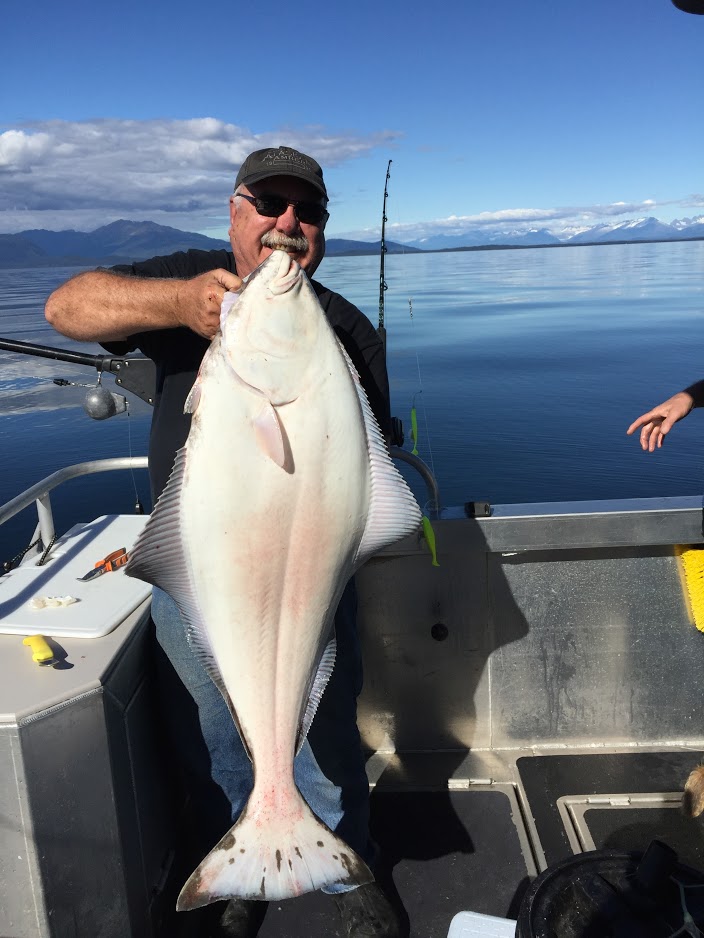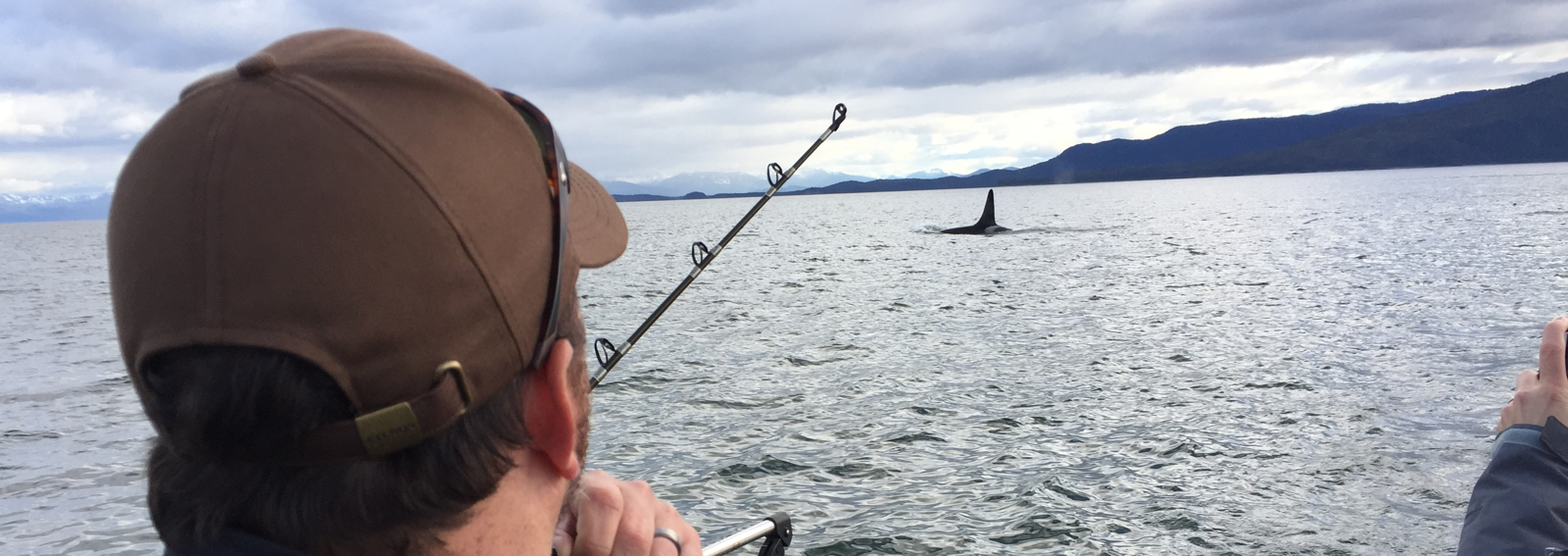HC
HC
HiTime Charters
Hi Times - HiTime Fishing Charters
Locations
- Alaska
- Anchorage, Alaska
Activities
- Adventure
- Fishing
- Wildlife Viewing
Featured Trips

Salmon Fishing Exclusive Charter
When fishing for Salmon we slow troll and we are allowed one rod per angler, we rotate the anglers and each angler can use the first rod that gets a bite for his/her fish. Normally the action for Salm…Show more
Fishing at Alaska

Sightseeing or Photography Charter
Sightseeing or Photography Charter
Photography at Alaska
Sightseeing at Alaska

Whale Watching
June through September is prime time for spotting the magnificent humpback whales of Alaska. After migrating south for the winter, humpback whales return to the cool, clean waters of Southeast Alaska …Show more
Wildlife Viewing at Alaska

Half 'n Half: 4 hrs Salmon Fishing and 4 hrs Sightseeing
Half 'n Half: 4 hrs Salmon Fishing and 4 hrs Sightseeing
Fishing at Alaska
Sightseeing at Alaska

Halibut and Salmon Exclusive Fishing Charter
Halibut and Salmon Exclusive Fishing Charter
Fishing at Alaska

Salmon Fishing Exclusive Charter
When fishing for Salmon we slow troll and we are allowed one rod per angler, we rotate the anglers and each angler can use the first rod that gets a bite for his/her fish. Normally the action for Salm…Show more
Fishing at Alaska

Sightseeing or Photography Charter
Sightseeing or Photography Charter
Photography at Alaska
Sightseeing at Alaska

Whale Watching
June through September is prime time for spotting the magnificent humpback whales of Alaska. After migrating south for the winter, humpback whales return to the cool, clean waters of Southeast Alaska …Show more
Wildlife Viewing at Alaska

Half 'n Half: 4 hrs Salmon Fishing and 4 hrs Sightseeing
Half 'n Half: 4 hrs Salmon Fishing and 4 hrs Sightseeing
Fishing at Alaska
Sightseeing at Alaska

Halibut and Salmon Exclusive Fishing Charter
Halibut and Salmon Exclusive Fishing Charter
Fishing at Alaska

Salmon Fishing Exclusive Charter
When fishing for Salmon we slow troll and we are allowed one rod per angler, we rotate the anglers and each angler can use the first rod that gets a bite for his/her fish. Normally the action for Salm…Show more
Fishing at Alaska

Sightseeing or Photography Charter
Sightseeing or Photography Charter
Photography at Alaska
Sightseeing at Alaska

Whale Watching
June through September is prime time for spotting the magnificent humpback whales of Alaska. After migrating south for the winter, humpback whales return to the cool, clean waters of Southeast Alaska …Show more
Wildlife Viewing at Alaska




